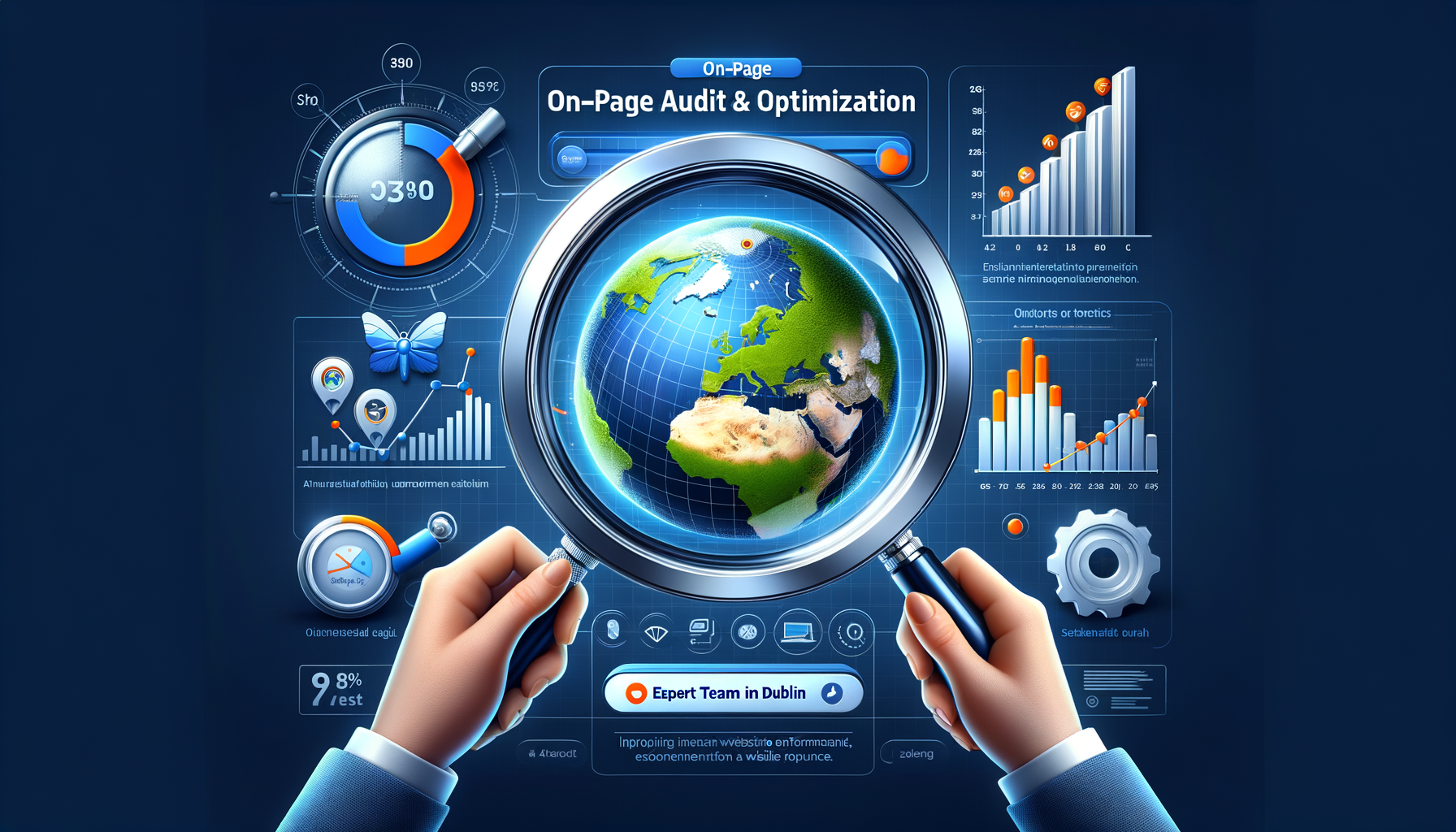In the expansive digital landscape, ensuring that search engines effectively crawl and index your website is crucial for achieving visibility and ranking on search result pages. Crawl optimization is an essential practice that helps search engine bots, such as Googlebot, navigate your site seamlessly. This guide explores various strategies for enhancing crawl efficiency, ensuring your content is discoverable, and ultimately improving your site’s SEO performance.
Understanding Crawl Optimization
Crawl optimization involves tactics that make it easier for search engine crawlers to access, navigate, and index your website. A well-optimized site not only helps search engines but also improves user experience, leading to better engagement and conversions.
1. Site Structure
A well-organized site structure is foundational for effective crawl optimization. A clear hierarchy and intuitive navigation allow search engines to understand relationships between pages.
-
Hierarchy: Ensure your site follows a logical structure with a clear hierarchy from the homepage down to subpages. Use categories and subcategories to group related content.
-
Internal Linking: Internally linking related pages helps crawlers discover content while also distributing page authority. Use descriptive anchor text that tells crawlers what to expect on the linked page.
2. XML Sitemaps
Creating and maintaining an XML sitemap is vital. This file lists all significant pages on your website, helping crawlers find them efficiently.
-
Regular Updates: Update your XML sitemap whenever you add or remove pages to keep it current.
-
Submission to Search Engines: Submit your XML sitemap through webmaster tools like Google Search Console, ensuring crawlers are aware of new content.
3. Robots.txt File
The robots.txt file plays a critical role in controlling which parts of your site are accessible to crawlers.
-
Disallow Unimportant Pages: Use this file to prevent crawlers from accessing pages that do not need to be indexed (e.g., admin pages, staging sites).
-
Keep It Clear: Avoid complex instructions in your robots.txt file to prevent unintentional blocking of important content.
4. Page Load Speed
Crawlers and users favor fast-loading pages. Slow-loading pages can lead to incomplete indexing and higher bounce rates.
-
Optimizing Resources: Compress images, leverage browser caching, and minimize JavaScript and CSS files to enhance load times.
-
Perform Regular Speed Tests: Use tools like Google PageSpeed Insights to identify potential bottlenecks and make necessary adjustments.
5. Mobile Optimization
With the rise of mobile browsing, search engines prioritize mobile-friendly sites. A responsive design ensures that crawlers can easily access your content across devices.
-
Mobile-First Indexing: Ensure your site is designed to provide the same content to both mobile and desktop users to avoid indexing discrepancies.
-
Usability on Mobile: Test the mobile experience regularly, focusing on load speed, navigation, and content readability.
6. Canonical Tags
Canonical tags help prevent duplicate content issues by telling crawlers which version of a page to index.
-
Identifying Duplicates: Regularly audit your site for duplicate content and use canonical tags to indicate the preferred version.
-
Preventing Indexing Issues: Implementing canonical tags correctly ensures that your SEO efforts are not diluted across duplicate pages.
7. Monitoring Crawl Errors
Regularly monitoring your website for crawl errors through tools like Google Search Console can catch issues before they become significant problems.
-
Fixing Crawl Errors: Pay attention to error notifications regarding broken links, redirects, or server issues, and resolve these promptly to maintain crawl efficiency.
-
Analyzing Crawl Stats: Review crawl stats in webmaster tools to understand crawler behavior and adjust your optimization strategies accordingly.
8. Content Freshness
Search engines favor regularly updated websites, which signals that the content is relevant and fresh.
-
Regular Updates: Update existing content and add new articles regularly to maintain a dynamic site that appeals to both crawlers and users.
-
High-Quality Content: Focus on producing high-quality, informative content that meets the needs of your audience. Quality often leads to natural backlinks, further enhancing crawlability.
9. Use of Structured Data
Implementing structured data helps search engines understand your content better, which can enhance visibility in SERPs.
-
Schema Markup: Use schema markup to provide additional context for your content, potentially leading to rich snippets and better click-through rates.
-
Testing Structured Data: Regularly test your structured data implementation to ensure there are no errors and that it is functioning correctly.
10. Backlink Strategy
Strong backlinks not only boost your domain authority but also lead crawlers to your site through referrals.
-
Building Quality Backlinks: Focus on acquiring backlinks from reputable sources relevant to your niche, as this can improve your site’s crawl frequency.
-
Analyzing Backlink Patterns: Monitor your backlink profile for any broken links or websites that have removed links, adjusting your strategy as needed.
By implementing these strategies, you can enhance your website’s crawlability and improve its ranking potential. Adopting a proactive approach to crawl optimization is not just about satisfying search engines; it’s about creating a better user experience and ensuring that your audience can find and engage with your content seamlessly.









